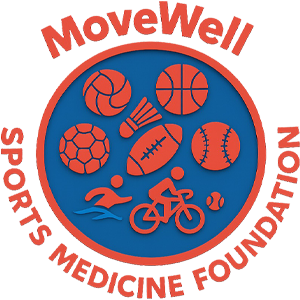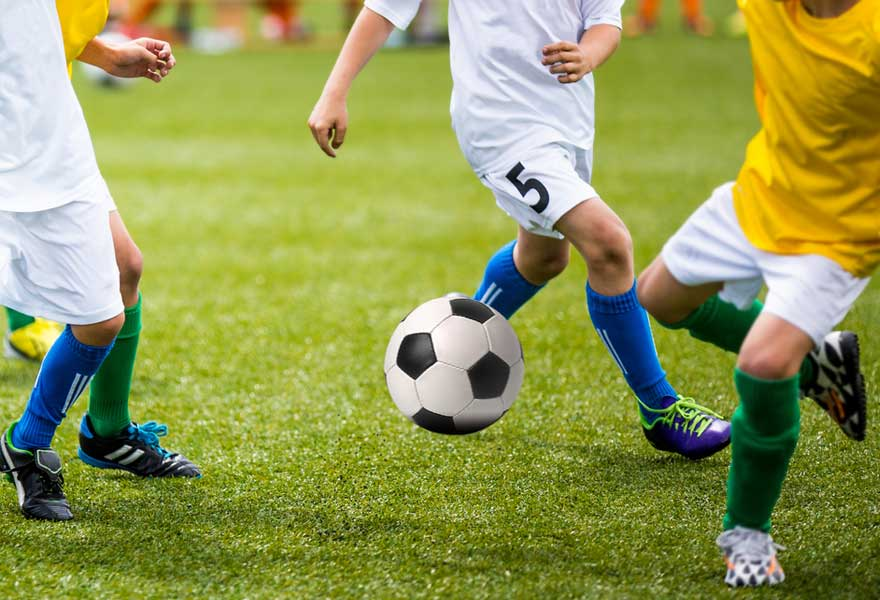Baseball players are prone to injuries due to repetitive motions, high-intensity plays, and accidental impacts. Common injury sites include the shoulders, elbows, back, knees, and head. Below are the most frequent injuries and key prevention strategies.
1. Common Injuries and Causes
Shoulder & Elbow Injuries (Common in Pitchers)
Causes: Overuse from repetitive throwing, leading to rotator cuff tears or ulnar collateral ligament (UCL) damage ("Tommy John injury").
Risk Factors: Poor throwing mechanics, excessive pitch counts, insufficient warm-up.
Back Strains
Causes: Rotational stress during batting or pitching can strain lumbar muscles or spinal discs.
Knee Injuries
Causes: Sudden stops, pivots, or sliding into bases may cause ACL tears or meniscus damage.
Head/Facial Injuries
Causes: Being hit by a fastball (100+ mph) or a bat can result in concussions, fractures, or dental injuries.
Hand & Wrist Injuries
Causes: Impact from catching (especially catchers), jammed fingers ("mallet finger"), or bat vibrations.
2. Injury Prevention Strategies
Proper Warm-Up & Conditioning
Dynamic Stretching: Arm circles, leg swings, and torso rotations before play.
Strengthening Exercises: Focus on rotator cuff muscles, forearm grip, and core stability.
Pitch Count Limits: Follow league guidelines (e.g., MLB recommends rest days based on pitch volume).
Correct Technique
Throwing Mechanics: Keep elbow at shoulder height, engage core, avoid "arm lag."
Batting Stance: Maintain spine alignment, rotate hips instead of over-twisting the back.
Sliding Safely: Learn hook slides or feet-first slides to reduce knee stress.
Protective Gear
Helmet: Must meet NOCSAE standards; face guards recommended for youth players.
Catcher’s Gear: Full chest protector, shin guards, and helmet with throat guard.
Supportive Braces: Elbow/wrist sleeves or compression wraps for added stability.
Recovery & Monitoring
Ice & Massage: Apply ice to sore joints post-game; use foam rollers for muscle recovery.
Listen to Your Body: Stop playing if pain persists—early intervention prevents long-term damage.
Rest & Nutrition: Prioritize sleep (7-9 hours) and consume protein/anti-inflammatory foods.
Emergency Response
Concussion Protocol: Remove player immediately if hit in the head; monitor for dizziness/nausea.
Sprain/Strain Care: Follow R.I.C.E. (Rest, Ice, Compression, Elevation) for acute injuries.
3. Mental & Long-Term Safety
Focus Training: Improve reaction time with drills like tracking small balls.
Avoid Overuse: Youth players should rotate positions to prevent early burnout.
Medical Check-Ups: Regular screenings (e.g., shoulder MRI for pitchers) help detect hidden issues.
Final Tip: Proper mechanics, gradual training progression, and smart recovery are more effective than playing through pain. Stay protected, stay sharp! ⚾




